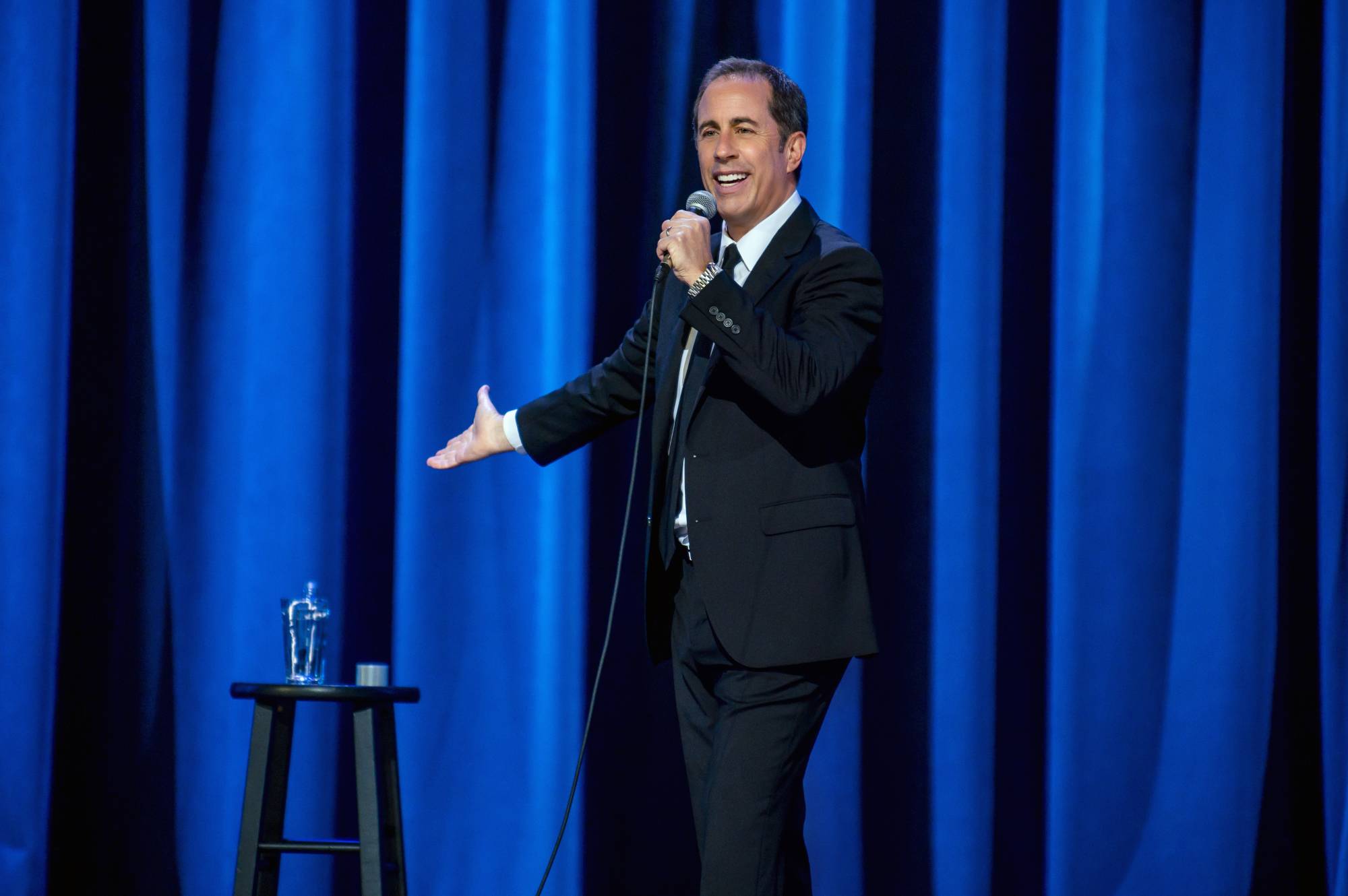Netflix has been pivotal in extending the life of classic American TV shows, from NBC’s “The Office” to AMC’s “Breaking Bad.” The streaming site has also shown the ability to do this internationally, with the recent success of the Japanese show “はじめてのおつかい” (“Hajimete no otsukai,” “Old Enough!”).
Last October, the service finally made available what one Japanese Twitter user appropriately called “テーマZEROの伝説シットコム” (teema zero no densetsu shittokomu, the legendary sitcom with zero theme): “となりのサインフェルド” (“Tonari no Sainferudo,” “Seinfeld,” lit: “My Neighbor Seinfeld”).
As the show has become available for streaming in Japan, it seems to have struck a chord with many viewers. Some Japanese are using it to study English, but a close look at the Japanese translation provides revealing language lessons in the opposite direction, too.



















With your current subscription plan you can comment on stories. However, before writing your first comment, please create a display name in the Profile section of your subscriber account page.